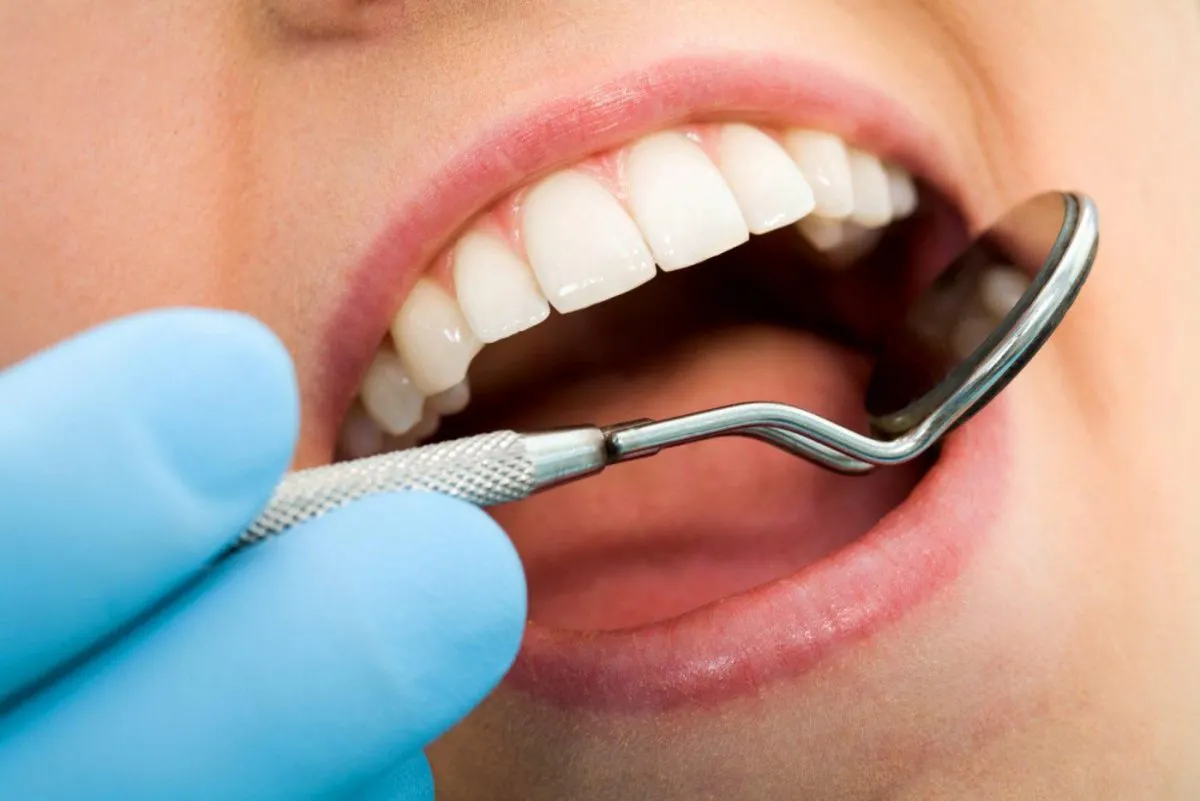How can I tell if I have gum disease?
Healthy gums are pale pink and firm. If yours are red and swollen, you may have gum disease or gingivitis. One of the most common signs is blood on the toothbrush after brushing and often there is bad breath (halitosis) as well. You may notice that your gums bleed when flossing.
What’s the cause?
The accumulation of a surface film of dental plaque (a sticky layer of bacteria) starts the inflammatory process. Inflammation develops and penetrates the soft gum tissues and cause your immune system to respond. This response may cause damage to the tissues supporting the tooth.
If left untreated this gradually progresses, resulting in the destruction of the tooth attachment and the bone around your teeth (periodontitis). This causes the affected teeth to become loose and in some cases move position.
The depth of the space between the neck of the tooth (where the tooth meets the gum) and the base of the gum crevice, along with presence of bleeding indicates if you have a gum problem or not. These spaces are known as ‘pockets’. Healthy gums have small pocket measurements (0-3mm), but in gum disease these pockets can be very deep( 5-10mm or more) and means that special gum treatment is needed. The measurements taken by your dentist or hygienist indicate how severe any existing gum problems are.
Who is affected?
Periodontitis and gingivitis can affect anyone at any age. The milder form, gingivitis, is more common. Gingivitis causes bleeding gums but if left untreated may progress to periodonititis.





